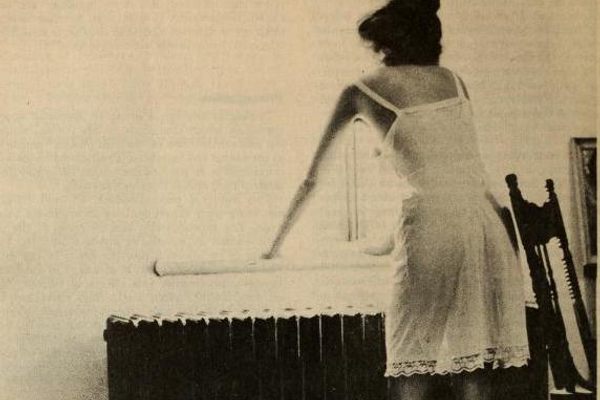Did Egypt Really Discover Hidden Chambers In King Tut’s Tomb?
Experts are doubting the country’s claim.

(Photo: Carsten Frenzi/CC BY 2.0)
King Tut died when he was just 18, though no one knows exactly how, or why. His tomb, famous for being among the best preserved of the ancient pharaohs, was also unusually small for an Egyptian of his stature, leading many archeologists to think that his death was unexpected, and his tomb put together in a rush.
Egyptian authorities, however, said a few weeks ago that the tomb may be bigger than previously thought, with radar detecting two other chambers in the tomb, one of which carried the tantalizing possibility that it was the final resting place of King Tut’s stepmother, Queen Nefertiti.
But experts interviewed since then have spoken out to dispute the claim, calling the Egyptian Ministry of Antiquities’ findings faulty. The hidden chambers, the experts told Live Science, could just as likely be natural cavities created by the specific geology of the Valley of the Kings.
“My suggestion to those who are collecting it is that they release the raw data for some peer review by other GPR [ground-penetrating radar] people before they allow the antiquities people to hold a press conference about all the ‘riches’ that might be in these supposed tombs,” Lawrence Conyers, a professor at the University of Denver, told Live Science. “That would cut down on all the speculation and critiques that have been going around by email the last few days, as there might be many scientists who could reach a consensus in advance of the speculation in the press.”
At any rate, we may soon know for sure. Egyptian authorities have said that more scans are being conducted and a news conference is scheduled for Friday.









Follow us on Twitter to get the latest on the world's hidden wonders.
Like us on Facebook to get the latest on the world's hidden wonders.
Follow us on Twitter Like us on Facebook